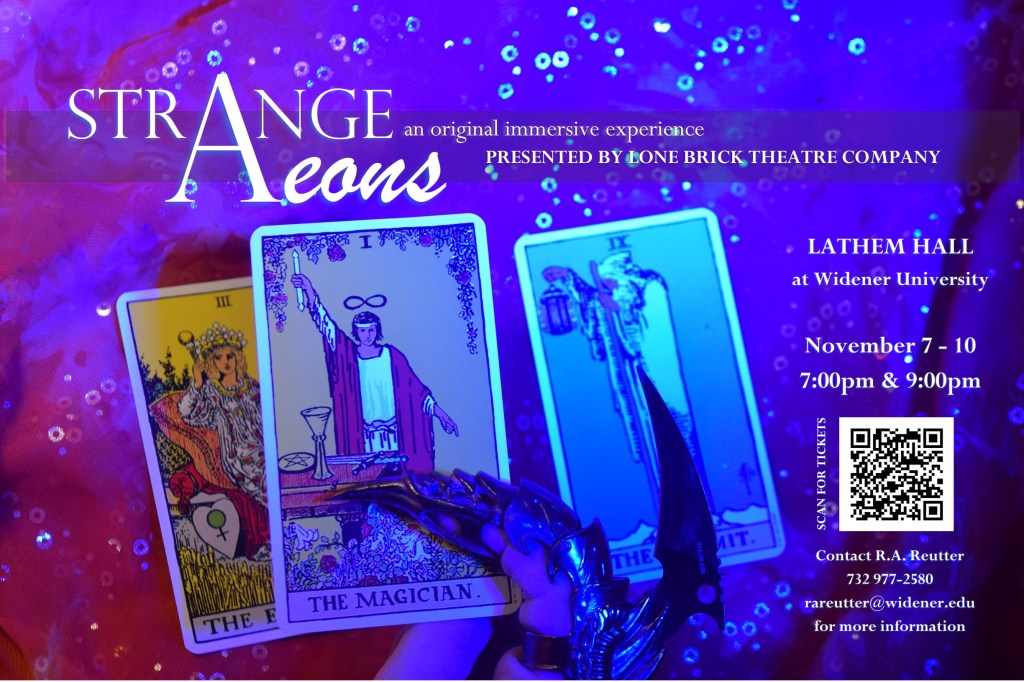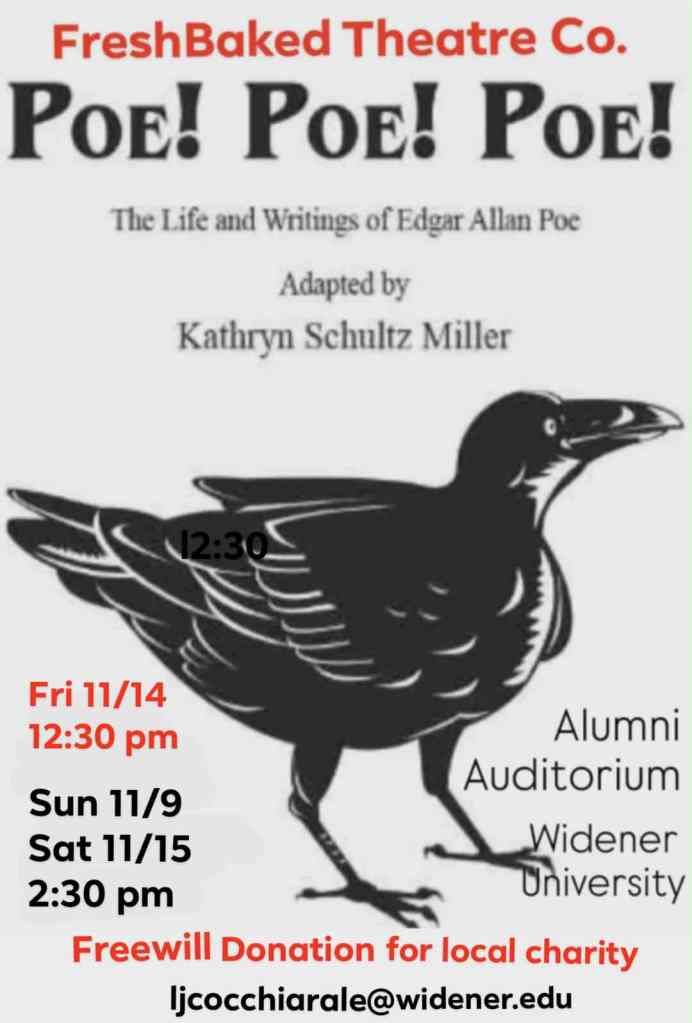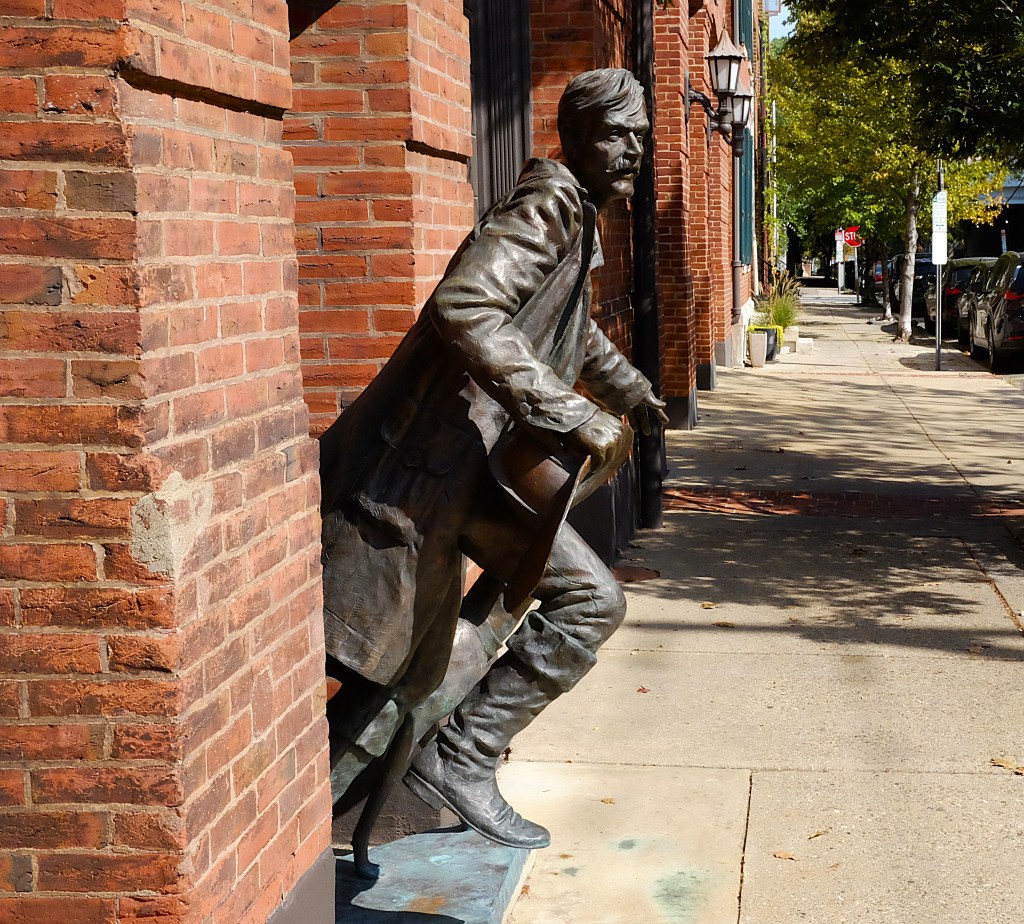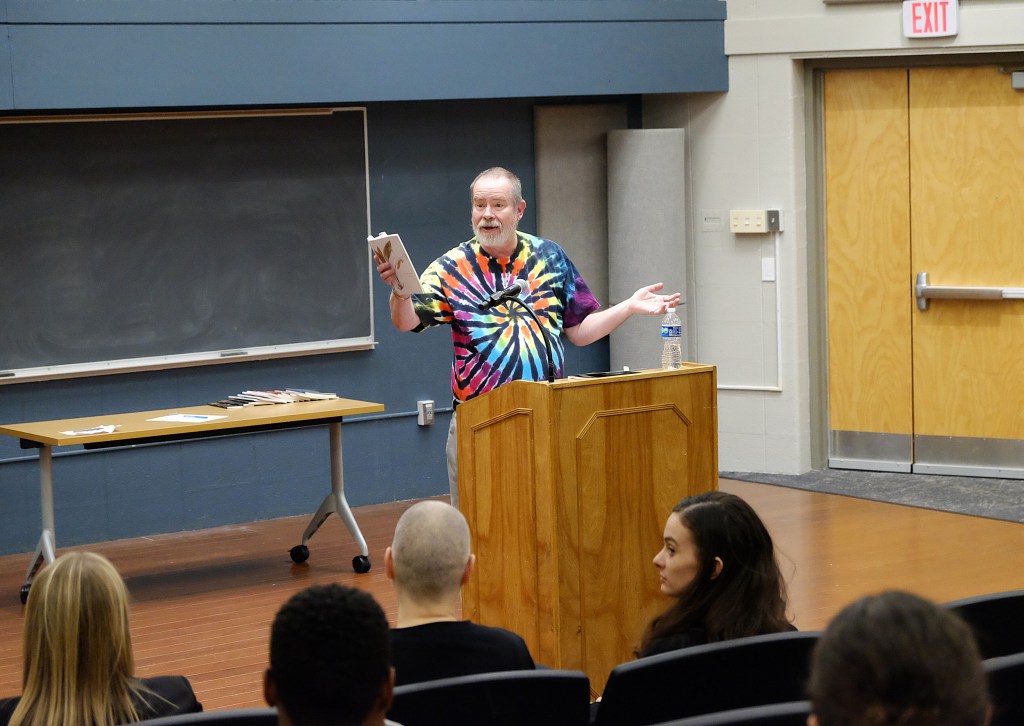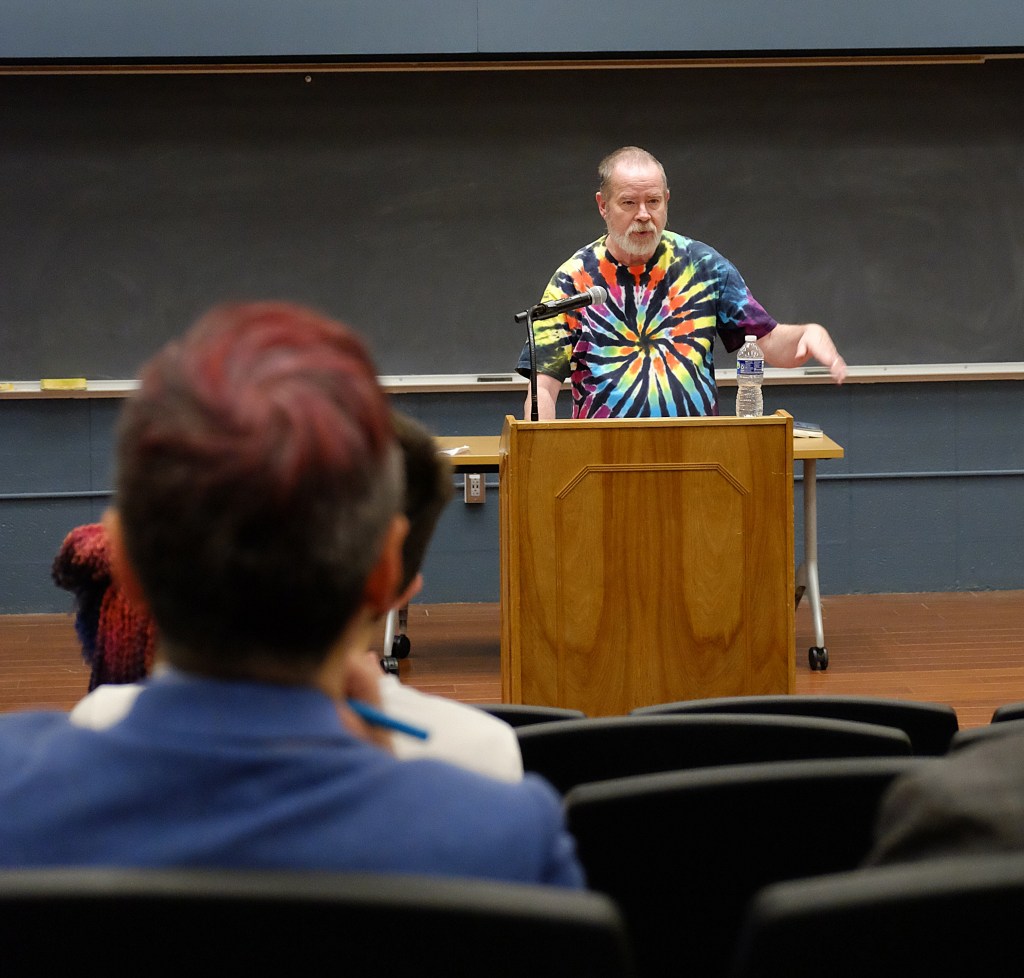Emma Irving, former Blue Route Editor-in-Chief (2016-2017), has had lots of fascinating experiences since graduating from Widener. She chronicles many of these things in her newsletter called Milling, which provides “[i]nspiration & reflection for those who journal with terrible penmanship, aimless creativity, and hoards of phone notes.” In her most recent post, she recounts the experience of reading a novel that captivated her so much that she had to write a review before she even finished it. Here’s an excerpt from her thoughtful review:
I still have 100 pages to go but I know this is already one of my favorite books of the year so I had to tell you about it immediately.
Martyr! by Kaveh Akbar was lent to me by friend of the newsletter Victoria, who said that she needed someone to discuss the work with. Having spent hundreds of hours in English classes together over the years, we’re who we turn to when we need to flex that muscle again.
As unhelpful a genre label that literary fiction is, it’s an excellent label for this book. Written by a poet, Martyr! situates itself within this nimble space between happening and being. It’s a book about a poet, Cyrus, writing a book, and throughout the work we get glimpses into drafts of poems, literally noted via .docx file names. We also get to peek into a number of imagined conversations Cyrus plays out in his mind, and so the distinction between who is really doing the thinking and responding and writing is constantly refocusing.
I bring this book up to you because I want to try to explain to myself what I love so much about it. Poets publishing in prose (big love to Ocean Vuong’s On Earth We’re Briefly Gorgeous) and the Künstlerroman genre are works I gravitate towards often, but this one is really doing it for me.
At the very middle of the book, in the Interlude section, I realized what was happening and am still tumbling down that hill towards the end in a way that I expected. And yet, the inertia feels fresh. They say that there are only so many stories to be told in the world, plot types whittled down to a cute listicle of 7 or whatever. I don’t disagree with that, I just find the vast expanse of creativity that blooms from the human source more interesting than the naming of it.
Martyr! is not a beach read I’ll say. We’re dealing with addiction, dying and death, guilt, and tons of other heavy topics. But the writing does not slog, the chapters are short (which I am not afraid to admit I’m a fan of), and Cyrus is a fascinating and likable protagonist. He’s a twenty-something guy who we see googling stuff he doesn’t know, working a shitty job in his college town, sitting in a hotel bed eating pizza and watching The Office reruns. The intrigue and experimentation in content and form are keeping my imagination activated and like Victoria said, I’m eager to talk about it with others.
If you’re interested in seeing other posts from Emma’s newsletter, click on the link below.
https://milling.substack.com/

